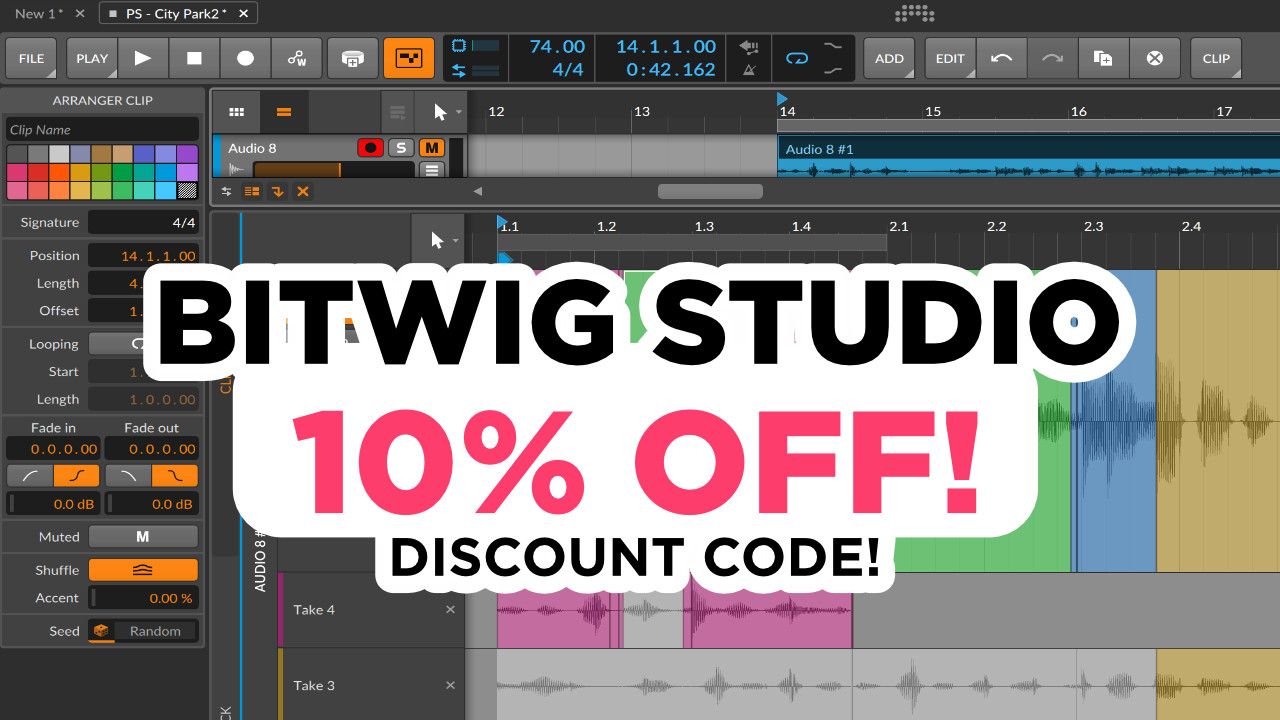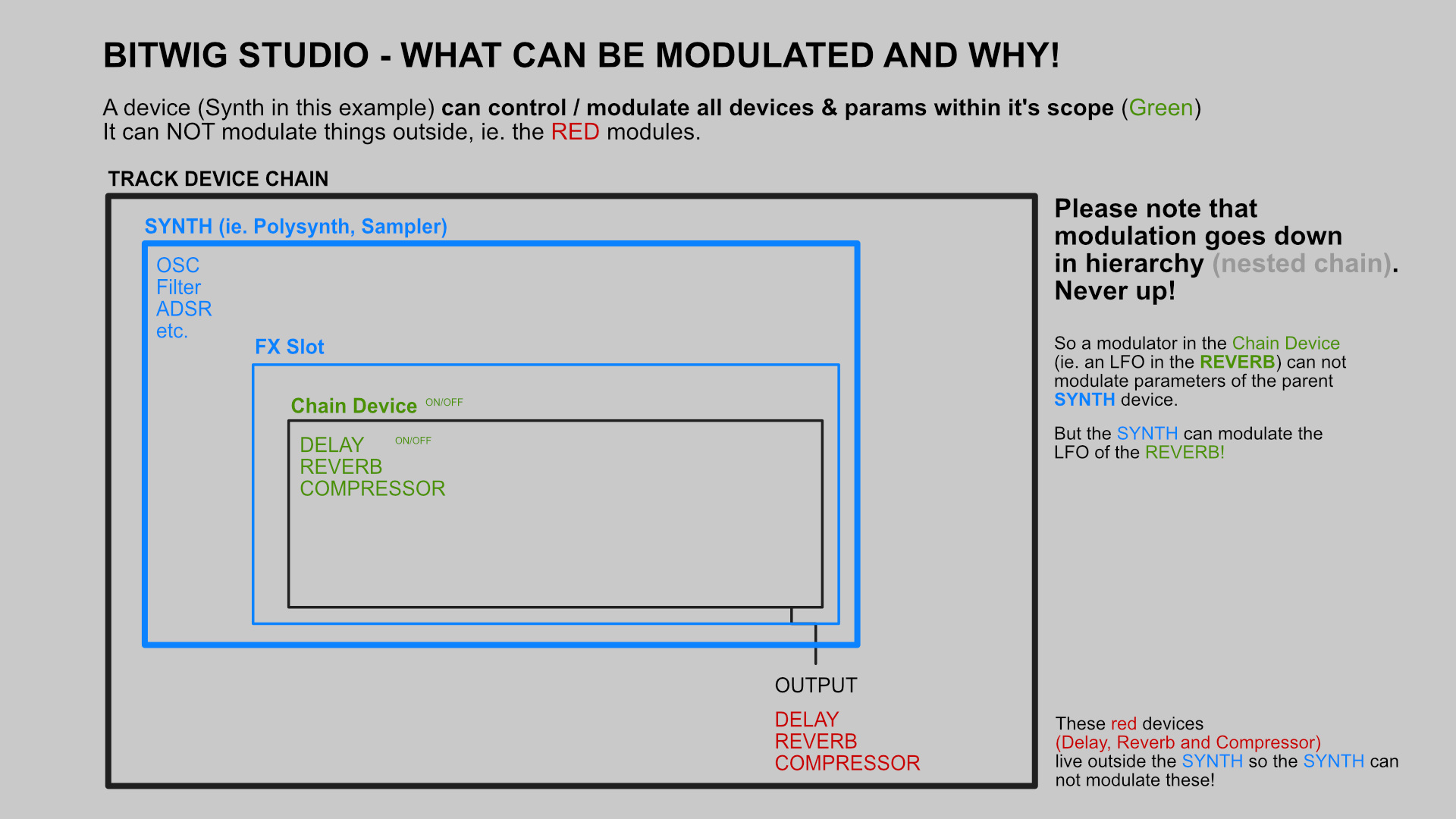

Ableton doesn’t yet allow such detailed multi-clip editing. The sophisticated Layered Editing in Bitwig also allows you to edit multiple audio or MIDI layers together, which is super useful for mixing and matching clips between layers or making broad changes to multiple tracks at once.
Bitwig studio m1 full#
This is then enhanced by their “bounce in place” function for each clip which adds a layer of flexibility compared to Live’s Freeze function, which only works on full tracks.įurthermore, Bitwig Studio has come up with the concept of having two Detail Editor views, which enable you to view and edit an individual clip along with the full track the clip is part of simultaneously. The ability to have multiple project tabs open is a welcome feature that Ableton currently lacks, and it makes transferring items and FX chains between projects a breeze.Ībleton Live does, however, allow you to use tracks from other projects without opening them by using its Browser system, though this doesn’t fully compensate for the ability to open multiple projects simultaneously.īitwig scores another winner in their introduction of Hybrid Tracks: tracks that can contain both audio and MIDI information simultaneously. Workflow and Editingīitwig Studio adds some fresh concepts to make the creative flow easier and more inspiring with some nifty features that quickly become timesavers. Overall, Bitwig does quite a bit to match Ableton Live’s real-time performance abilities, but I’m not quite sure that it surpasses them decisively enough to compel a Live enthusiast to make the switch just yet. However, Ableton has the option to add custom themes and skins, a feature that is currently absent from Bitwig Studio.īitwig Studio indubitably borrows from Ableton’s Session View in their implementation of a clip-based launcher.įor the uninitiated, this view provides an interface optimized for live loop-based performances, where individual “clips” grouped into “scenes” can be triggered in real-time by a keyboard or MIDI controller. Bitwig’s UI looks fresher and more inspiring, in my opinion, and individual FX UIs look sleeker.

Purely based on looks, I personally find Ableton’s cold, bland greys quite unappealing. Combine this with their rock-solid hardware integration, and they’ve got a live interface that would take something revolutionary to surpass.
Bitwig studio m1 professional#
This is again a feature that is becoming more and more common in studios, and Bitwig’s relative nascence enabled it to be aware of this fact during development.Ībleton’s longevity, however, has given them enough time to refine and tweak their interface to be near perfect for live performance.Īt this point, it’s a “don’t fix what isn’t not broken” situation for them, with Live being the choice for thousands of professional artists. However, it isn’t quite optimized for touch devices, though people who still swear by hardware controllers won’t have much of an issue with this.Īnother thing that Bitwig has smartly included is inbuilt layouts supporting multi-screen setups for up to 3 screens. This is not to say Ableton is clunky, much the opposite. In an age when touch devices are rapidly being integrated into the live rigs of electronic artists, this is a big advantage. If you want to tailor a DAW for real-time usage on stage, you better make sure that the artist is presented with all the important functions within easy reach and fast access.Ībleton’s “Session View” was truly an innovation when they first introduced the clip-based player format (compared to the traditional “linear” Arrange View), but Bitwig Studio has a few neat new tricks up its sleeve.īitwig Studio has been designed from the ground up, keeping touch devices in mind.


 0 kommentar(er)
0 kommentar(er)
